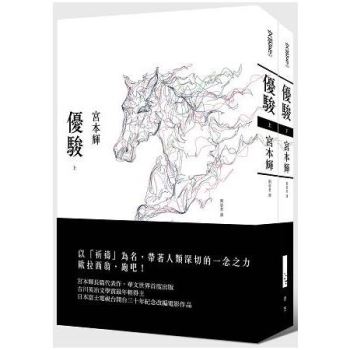This volume focuses on the theoretical and analytical challenges that languages with complex morphologies pose for the theory and typology of word-level prosodic phenomena. The morphological complexity and phonological length that are characteristic of words in these languages make them a particularly fruitful ground for investigating the effects of both phonological and morphological factors in the assignment of prominence. The first three chapters in the volume explore general theoretical issues pertaining to word prominence in synthetic languages, including the issue of ’wordhood’ and the empirical, theoretical, and methodological issues with delineating word-level prominence and the higher-level prosodic phenomena in these languages. These are followed by a series of case studies on stress, accent, and tone in a geographically and genetically diverse set of languages with highly synthetic morphologies including languages of the Americas, Europe and Asia, and Australia. The volume adopts an interdisciplinary perspective, combining phonetic, phonological, and morphosyntactic insights. It will be of interest not only to phonologists and morphologists, but to all those interested in the typological and theoretical issues relating to polysynthetic languages.
| FindBook |
有 1 項符合
Word Prominence in Languages with Complex Morphologies的圖書 |
 |
Word Prominence in Languages with Complex Morphologies 出版社:Oxford University Press, USA 出版日期:2023-06-23 語言:英文 規格:精裝 / 704頁 / 普通級/ 初版 |
| 圖書館借閱 |
| 國家圖書館 | 全國圖書書目資訊網 | 國立公共資訊圖書館 | 電子書服務平台 | MetaCat 跨館整合查詢 |
| 臺北市立圖書館 | 新北市立圖書館 | 基隆市公共圖書館 | 桃園市立圖書館 | 新竹縣公共圖書館 |
| 苗栗縣立圖書館 | 臺中市立圖書館 | 彰化縣公共圖書館 | 南投縣文化局 | 雲林縣公共圖書館 |
| 嘉義縣圖書館 | 臺南市立圖書館 | 高雄市立圖書館 | 屏東縣公共圖書館 | 宜蘭縣公共圖書館 |
| 花蓮縣文化局 | 臺東縣文化處 |
|
|
圖書介紹 - 資料來源:博客來 評分:
圖書名稱:Word Prominence in Languages with Complex Morphologies
內容簡介
作者簡介
Ksenia Bogomolets, Professional Teaching Fellow, School of Cultures, Languages, and Linguistics, University of Auckland, Harry van der Hulst, Professor, Department of Linguistics, University of Connecticut
|











